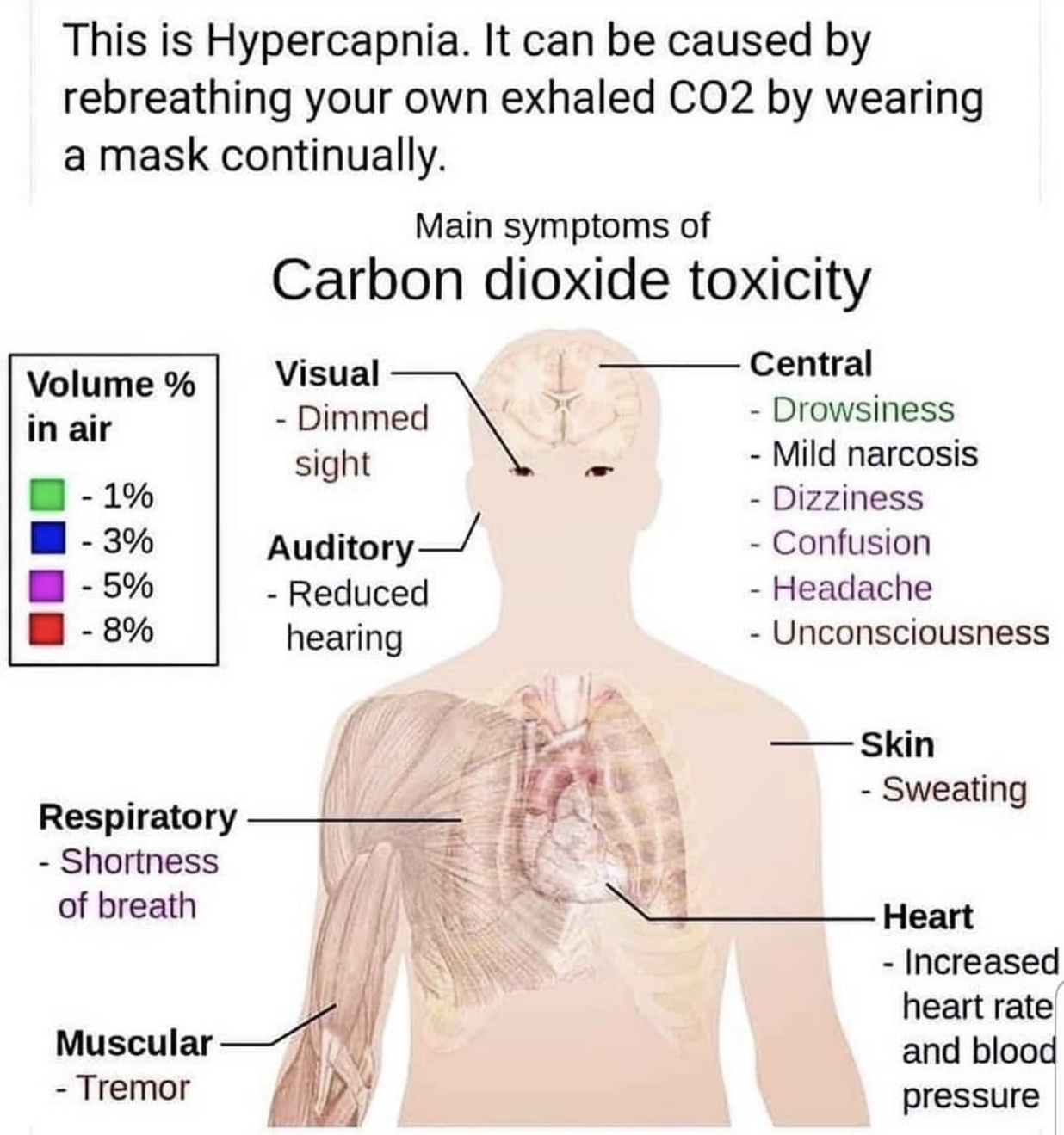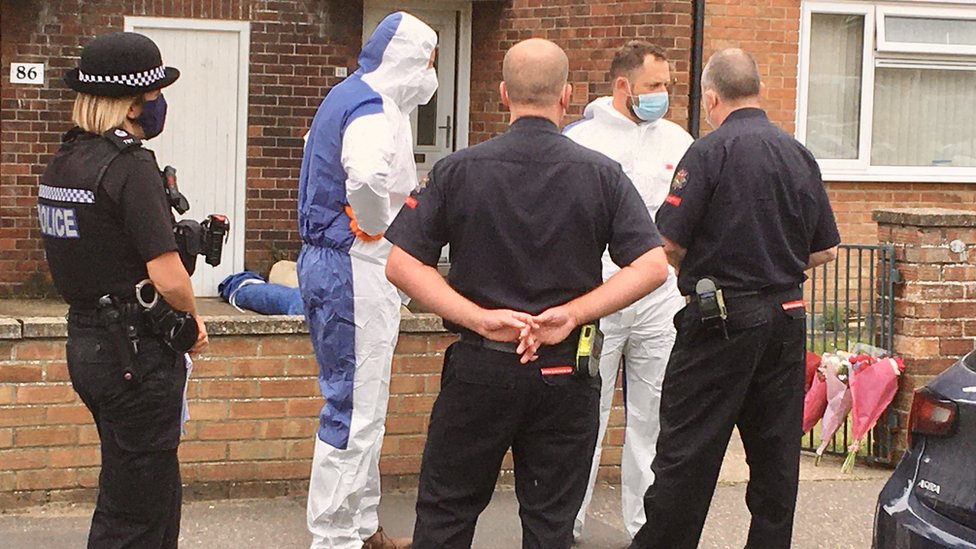

People participating in water sports can be exposed to CO in boat engine exhaust. Potential sources include gas and fuel oil heating systems in homes and buildings gas-fired hot water heaters coal, wood, or wood pellet stoves engine exhaust charcoal and gas grills and factories with smokestack emissions. 3Īlthough most people know that CO toxicity can result from smoke inhalation during a structure fire, it can also develop from many other causes. Increased public awareness and the use of CO detectors in homes have decreased accidental exposures, but CO toxicity remains a serious health concern. 3 Figure:ĭata from the CDC on total ED visits in the United States in 2006 indicate that at least 11,000 cases of CO toxicity are undiagnosed every year. 2 More than 40,000 ED visits are attributable to CO toxicity, although the real number is likely higher because the signs and symptoms of CO toxicity mimic many other disorders. In the United States, CO toxicity is responsible for approximately 6,000 deaths and an estimated 10,000 lost days of work each year. However, it can cause severe organ damage in minutes, making it the third most common cause of death by toxicity in the United States.

Invisible killerĪ byproduct of the incomplete burning of carbon-containing materials, CO is a colorless, odorless, and tasteless gas. As winter approaches, the risk of CO toxicity from malfunctioning heaters and inadequate ventilation will increase. Even experienced healthcare professionals may miss signs and symptoms of this potentially fatal disorder. Cross's history and clinical manifestation are part of a typical presentation of acute carbon monoxide (CO) toxicity. This article explores these questions because Mr. Cross's altered mental status? Or should more have been done to assess this patient and protect him from further harm? Follow-up appointments with his healthcare provider and a neurologist are arranged.ĭo you think the ED staff appropriately investigated the reason for Mr. Cross is discharged home with a diagnosis of altered mental status. The next thing he remembers is waking up in the ED. He states that he remembers going out last evening and coming home, taking a shower, and going to bed. Cross is awake and alert, with no recollection of why he was brought to the hospital. A computed tomography scan of the head doesn't reveal any acute abnormalities.Īfter 2 hours in the ED, Mr. His complete blood cell (CBC) count and basic metabolic panel are normal, and he has a negative blood ethanol and toxicology screen. He is afebrile with a respiratory rate of 24. Cross's BP is 98/61 and SpO 2 on supplemental oxygen by pulse oximetry is within normal limits. The ECG shows sinus tachycardia with a heart rate of 117 and no ectopy or ST-T wave changes. The ED nurse educates the coworker about the importance of calling 911 instead of transporting Mr. Cross is placed on a cardiac monitor, peripheral venous access is obtained and blood specimens are sent to the lab, and a stat 12-lead ECG is obtained. Cross was out the night before celebrating a friend's birthday and was last seen at about 2:00 a.m. The nurse administers 100% supplemental oxygen by non-rebreather face mask. He opens his eyes only to painful stimuli, is unable to obey simple commands but localizes to painful stimuli and attempts to remove the source, and is able to speak but in confused sentences that don't make sense. Cross has a Glasgow Coma Scale score of 11. Cross's house and discovers him in bed, confused, lethargic, and covered in vomit. After failing to report to work and not answering repeated phone calls to his home, a coworker goes to Mr. Cross, a 29-year-old office manager, lives alone in a 90-year-old house that he's renovating in the evenings. IT'S EARLY NOVEMBER, the first cool night of the season.


 0 kommentar(er)
0 kommentar(er)
